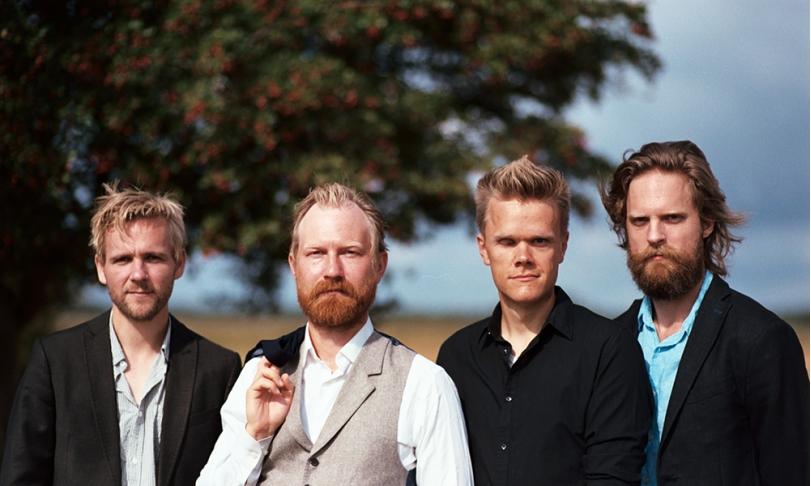
In the booklet to the new album Prism IV, the Danish String Quartet confesses sympathetically and unapologetically to their youthful exuberance with which they originally approached Beethoven's late string quartets without even beginning to recognize their message. However, it quickly became clear to the four young musicians that this approach was bound to lead to a dead end: "When we first came into contact with Beethoven's late string quartets, we were still quite young. One of the quartets was mandatory in a competition we were entering, so we dutifully worked our way through the work. It was a complicated process, and although we could play all the notes by the end, we felt like we were just scratching the surface of the music." The shock had a lasting effect on the group, which took this grievance as an opportunity to delve deeply into Beethoven's late works for their line-up. In the process, they learned that Beethoven, fascinated by Bach's cycle Das Wohltemperierte Clavier, adopted numerous melodic motifs from that cycle into his final five string quartets. Beethoven's late work is thus not a lonely island in music history; it is the continuation of the tradition established by Bach and the old masters. ...That's how we came up with our "Prism" project. Each album features a particular Bach fugue that is related to one of the late Beethoven quartets, which in turn is related to a quartet by a later master. ... We hope that the listener will experience with us the wonder of these musical rays of light that have traveled from Bach through Beethoven to our present day."
The Danish String Quartet has continued to put this concept into practice in their fourth and penultimate album, Prism IV. Again, a Beethoven quartet, his Quartet No. 15 is juxtaposed with a work by Bach, namely his Fugue in G minor, BWV 861 from the Well-Tempered Clavier, which was arranged for string quartet by Beethoven's contemporary Emanuel Aloys Förster along with the other pieces of this Bach work, and which is made to sound vibrato-free by the four Danes. Beethoven took from the Bach fugue the main motif consisting of four notes in his Quartet No. 15, which is sounded by the Danish String Quartet with a refreshing sense of adventure and freedom. This "youthful" approach is in clear contrast to the weightier interpretations of older string quartet ensembles, such as the Takács Quartet. The vitality with which the four Danes approach this late work by Beethoven is simply irresistible.
On their fourth Prism album, the Danish String Quartet juxtaposes the Beethoven Quartet not only with a work of Bach but also with a youthful work by Mendelssohn, his String Quartet No. 2, which can be understood as a re-echo of the fifteenth Beethoven Quartet, since, like the older composer's work included on the album, it reflects his lively gesture, contrapuntal energy, harmonic boldness and formal innovation in a youthfully fresh manner.
With Prism IV, the Danish String Quartet has once again succeeded in producing a strong album in this series, once again demonstrating its interpretive expertise in Beethoven's last string quartets. The juxtaposition of one work each by Bach and Mendelssohn illuminates Beethoven's genius, which is more than evident in the Danish String Quartet's vision in any event.
Danish String Quartet









